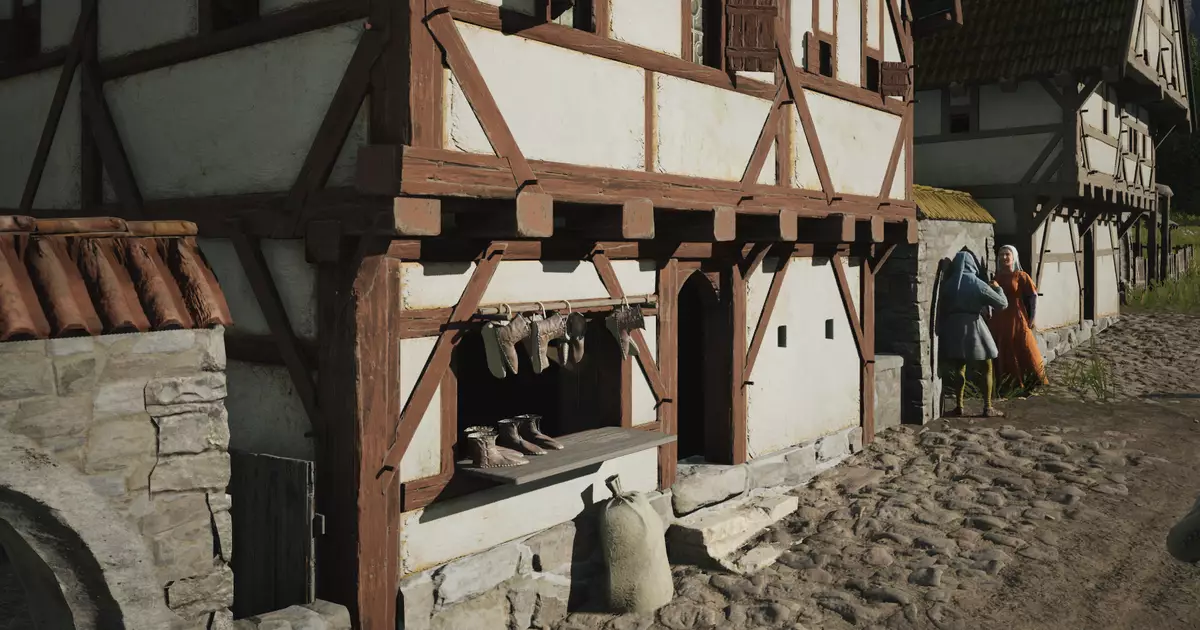In a landscape crowded with half-hearted updates and incremental patches, Manor Lords boldly diverges from the norm by committing to a comprehensive overhaul rather than incremental patches. This decision is indicative of a developer who values depth over speed, prioritizing quality and long-term vision over quick fixes. Far from being a setback, this approach shows a dedication to refining the core systems that make the game immersive and authentic. It’s a move that might seem risky to some — after all, players often demand immediate content — but ultimately, a rework of fundamental mechanics promises a richer, more cohesive, and more satisfying experience once completed.
This strategic pause signals an understanding that true innovation in city-building simulators hinges on thoughtful system design. Instead of patching superficial features or patchwork fixes, Slavic Magic is investing time to rethink how buildings interact with their environment, how production chains dovetail seamlessly, and how players engage with the game’s spatial layout. Such a comprehensive approach reflects confidence in the game’s core concept, and a belief that patience will be rewarded with a more compelling medieval town simulation.
Redefining Spatial and Environmental Interactions
One of the most intriguing elements of this overhaul is the reimagining of how buildings relate to their surroundings. The developers have recognized a critical design flaw: the previous reliance on radius-based effects conflicted with the game’s geographic system, especially its plot layouts. Their solution? Moving away from arbitrary, circular influence zones to a more natural and immersive matching of environmental types — Meadow, Woodland, Farmland, Rural, and Urban.
This shift is more than just an aesthetic choice; it fundamentally alters gameplay dynamics. For example, apiaries thrive when nestled in woodland areas, enhancing pollination and honey production, while orchards benefit from proximity to meadows. These environmental affinities deepen strategic considerations and challenge players to think more critically about placement and resource management. Furthermore, it heightens the importance of environmental diversity within the map, encouraging players to cultivate their landscapes thoughtfully, leading to more organic and realistic settlement growth.
The removal of fiddly influence radii and the introduction of environment matching fosters a more natural, creative approach to building placement. It pushes players not merely to optimize efficiency but to craft a living, breathing medieval landscape, where ecology and architecture intertwine in a meaningful way.
Gameplay Depth and Visual Refinement
The upcoming map, Divided, promises to introduce a fresh geographic challenge: a mountain range bisecting the game world. This new terrain feature will undoubtedly add complexity and variety, compelling players to adapt their strategies to varied topographies. Such environmental obstacles will test their ingenuity in settlement placement, resource distribution, and defense planning.
Additionally, the showcased visual updates — including shop fronts, artisan workstations, and see-through fortifications — reflect a clear effort to elevate the game’s aesthetic realism. These visual enhancements do not merely serve decorative purposes but deepen immersion, allowing players to appreciate the bustling, textured medieval life Manor Lords seeks to simulate. The inclusion of a new perk card system and revamped building cards hints at a more flexible, rewarding progression mechanic, fostering player agency and customization.
In essence, Manor Lords is more than just a city builder; it’s shaping to be a sophisticated simulation of feudal life, replete with nuanced environmental interactions, strategic depth, and compelling visual storytelling. While the waiting period might test patience, it is an investment in delivering a more polished, intelligently designed game that respects its players’ desire for meaningful challenge and authenticity.


Leave a Reply